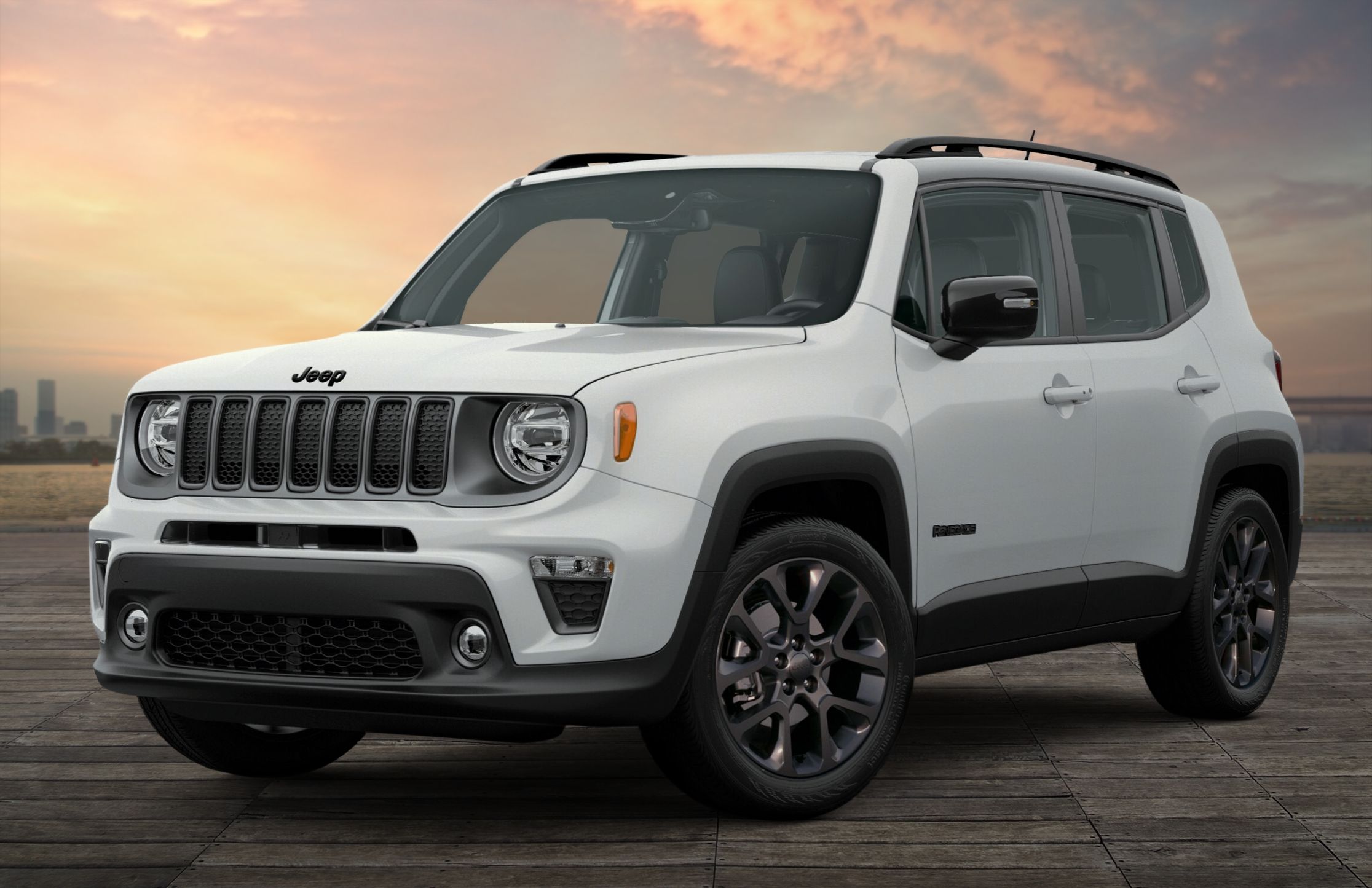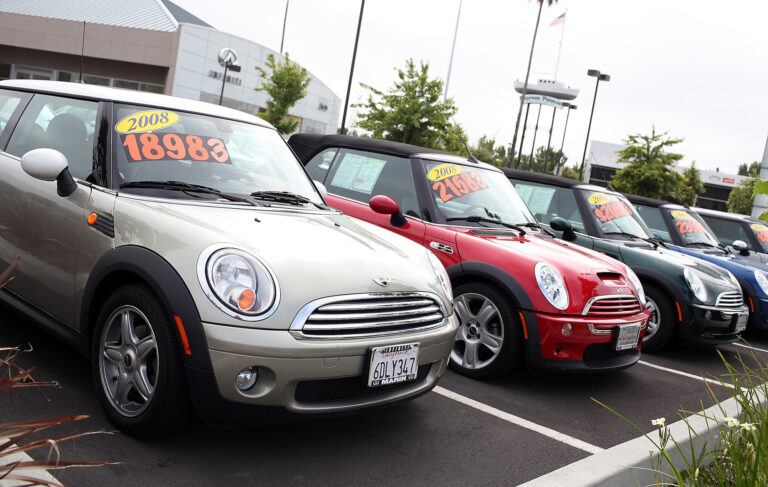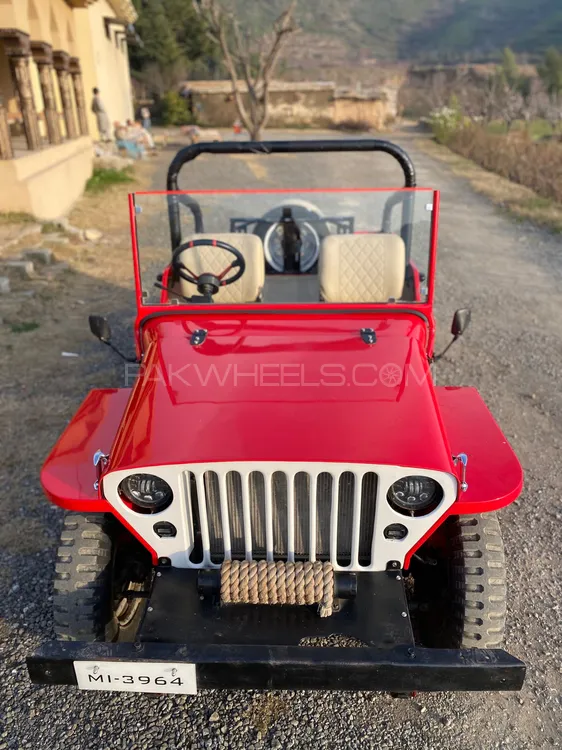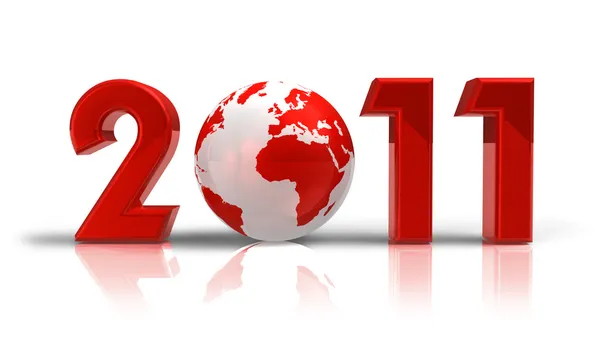Jeep Wrangler With Bad Motor For Sale: Unlocking Potential or Unforeseen Pitfalls?
Jeep Wrangler With Bad Motor For Sale: Unlocking Potential or Unforeseen Pitfalls? jeeps.truckstrend.com
The iconic Jeep Wrangler stands as a symbol of adventure, off-road prowess, and freedom. Its rugged design, removable doors, and open-air driving experience have cemented its status as a highly sought-after vehicle. However, the price tag for a new or even a well-maintained used Wrangler can be a significant barrier for many enthusiasts. This leads us to an intriguing, often debated, and potentially rewarding niche in the used car market: the Jeep Wrangler with a bad motor for sale.
This article serves as a comprehensive guide for anyone considering diving into this unique segment. We will explore the motivations, the intricate details of what to look for, the repair and replacement options, the true financial implications, and the challenges involved. For the savvy buyer, the skilled mechanic, or the ambitious DIY enthusiast, a Wrangler with a failed engine isn’t just a broken vehicle; it’s a blank canvas brimming with potential, offering a cost-effective pathway to owning their dream Jeep or even a lucrative restoration project.
Jeep Wrangler With Bad Motor For Sale: Unlocking Potential or Unforeseen Pitfalls?
Why Consider a Jeep Wrangler with a Bad Motor? The Allure of the Project
At first glance, purchasing a vehicle with a known catastrophic engine failure might seem counterintuitive. Why invite such a significant repair from the outset? The answer lies in several compelling advantages:
- Significant Upfront Cost Savings: This is arguably the primary driver. A Jeep Wrangler with a blown engine will be priced dramatically lower than its running counterparts. This allows buyers to acquire a desirable platform – with its robust frame, solid axles, and legendary 4×4 system – at a fraction of the cost.
- Project Potential and Customization: For those who envision a highly customized build, a non-running Jeep offers the perfect starting point. Instead of paying a premium for a functioning engine only to replace it with a more powerful or specific unit (like a V8 swap), you can budget for your desired powertrain from day one. It’s a blank slate for an engine that better suits your off-roading, towing, or daily driving needs.
- Learning Experience and Skill Development: For budding mechanics or passionate DIYers, undertaking an engine replacement or rebuild is an invaluable learning opportunity. It offers hands-on experience that builds confidence and technical skills.
- Potential for Profit (Flipping): For individuals with the mechanical expertise and resources, purchasing a "bad motor" Wrangler, performing the necessary repairs, and then reselling it can yield a healthy profit, especially given the strong demand for Wranglers.
- Access to a Desirable Platform: Even with a bad motor, the rest of the Jeep (chassis, body, interior, transmission, axles) might be in excellent condition, making it a desirable base for a restoration or build.

What to Look For: A Comprehensive Pre-Purchase Inspection Guide
The phrase "bad motor" can encompass a wide range of issues, from a minor sensor failure to a completely seized or blown engine. Before even considering the engine, a thorough inspection of the entire vehicle is paramount. A cheap Jeep with a bad motor can quickly become an endless money pit if other critical components are also compromised.
1. Understanding the "Bad Motor" Diagnosis:
- Ask for Specifics: What exactly is wrong with the engine? "Knocking," "overheating," "blown head gasket," "seized," "low compression," "cracked block" – each implies different repair complexities and costs.
- Service Records: Does the seller have any diagnostic reports or repair estimates?
- Visual Inspection: Look for external signs of catastrophic failure like visible holes in the block, excessive oil leaks, coolant in the oil (milky substance), or a very strong burnt smell.

2. Beyond the Engine: Crucial Areas to Inspect:

- Frame Integrity: This is non-negotiable. Inspect the entire frame for rust (especially common in older TJs and JKs), cracks, bends, or previous weld repairs. Significant frame damage can render the vehicle unsafe and difficult to repair. Pay close attention to control arm mounts and spring perches.
- Body and Undercarriage Rust: While surface rust is common, look for extensive perforation, especially around fender wells, rocker panels, floorboards, and door hinges. Rust is a relentless enemy of older Jeeps.
- Transmission and Transfer Case: While the engine is out, this is the easiest time to inspect these components. Check fluid levels (if possible), look for leaks, and ask about their history. If the engine failed catastrophically, there’s a small chance it could have damaged other drivetrain components.
- Axles and Suspension: Inspect for leaks from differential covers, bent axle tubes, worn universal joints, and damaged control arms or suspension components. Look for signs of aftermarket lift kits and assess their quality.
- Steering Components: Check for excessive play in the steering linkage, worn tie rod ends, and a leaking power steering pump.
- Electrical System: Even with a bad engine, you can often test lights, power windows, wipers, and the HVAC system. Major electrical gremlins can be frustrating and costly.
- Interior Condition: Assess the seats, dashboard, gauges, and carpets. Significant interior damage adds to the overall restoration cost.
- Tires and Wheels: Check tire wear, uneven patterns (indicating alignment issues), and wheel damage.
- Title Status: Crucial! Insist on a clean title. Avoid salvage, rebuilt, or lien-holding titles unless you are fully aware of the implications for insurance, registration, and future resale value. A VIN check is highly recommended.
3. The Seller: A transparent and honest seller who can provide detailed information and is willing to let you conduct a thorough inspection is a good sign. Be wary of sellers who are vague or rush the process.
Repair or Replace? Understanding Your Engine Options
Once you’ve identified a suitable Wrangler with a bad motor, the next critical decision is how to address the powertrain.
-
Engine Rebuild:
- Description: Disassembling the original engine, inspecting components, replacing worn parts (pistons, rings, bearings, gaskets), and machining surfaces (cylinder heads, block) as needed.
- Pros: Keeps the original engine (matching numbers), potentially cheaper if damage is minor, you know the history of the rebuild.
- Cons: Time-consuming, requires specialized tools and knowledge, unexpected issues can arise during disassembly, relies on the expertise of the rebuilder.
- When to Consider: If the block and cylinder head are salvageable, and you want to maintain originality or have a specific attachment to the engine.
-
Used Engine Swap:
- Description: Replacing the failed engine with a used, working engine of the same type.
- Pros: Most cost-effective replacement option, readily available from junkyards or dismantlers.
- Cons: Unknown history of the donor engine (could have hidden issues), no warranty (or very limited), still requires labor for removal and installation.
- Sources: Reputable auto recyclers, online parts dealers. Always try to get a video of the donor engine running or a compression test report.
-
Remanufactured/Crate Engine:
- Description: A professionally rebuilt engine from a reputable company, often comes with a warranty. It’s essentially a "like new" engine.
- Pros: Reliability, comes with a warranty, peace of mind, minimal risk of hidden issues.
- Cons: More expensive than used engines.
- Sources: Specialized engine suppliers (e.g., Jasper Engines, ATK Engines).
-
Performance/Non-OEM Engine Swap (e.g., LS Swap):
- Description: Replacing the original engine with a completely different, often more powerful, engine from another vehicle (e.g., a General Motors LS V8, Cummins diesel).
- Pros: Significant power and torque upgrade, enhanced reliability, unique build.
- Cons: Most complex and expensive option, requires custom fabrication, wiring harnesses, adapter plates, potentially new transmission, and can involve significant emissions compliance challenges depending on your state.
- When to Consider: For dedicated off-road builds, performance enthusiasts, or those seeking a truly unique powertrain.
The True Cost: A Financial Breakdown
This is where the rubber meets the road. While the initial purchase price of a "bad motor" Wrangler is low, the total project cost can quickly escalate. It’s crucial to budget meticulously and factor in a significant contingency.
| Item/Service Category | Estimated Low Cost (USD) | Estimated High Cost (USD) | Notes |
|---|---|---|---|
| I. Vehicle Purchase | |||
| Jeep Wrangler (bad motor) | $2,000 | $12,000 | Varies greatly by year, model, overall condition (e.g., frame, body, interior). Newer models (JK, JL) will be at the higher end. |
| II. Engine & Parts | |||
| Used Engine (tested) | $800 | $3,500 | From junkyard or reputable dismantler; cost depends on engine type and mileage. |
| Engine Rebuild Kit | $300 | $1,500 | For DIY rebuild; excludes machine shop work. |
| Remanufactured/Crate Engine | $2,500 | $7,000 | Factory-rebuilt with warranty; cost varies by engine size and type. |
| Performance Engine (e.g., LS) | $2,000 | $8,000 | Engine only; excludes swap kit, transmission, and other necessary components. |
| III. Labor Costs (if not DIY) | |||
| Engine R&R (Remove & Replace) | $1,000 | $3,000 | Basic swap of a similar engine type; includes fluids and basic setup. |
| Engine Rebuild (Professional) | $1,500 | $4,000 | Includes machine shop work, reassembly, and testing. |
| Performance Engine Swap (e.g., LS) | $5,000 | $15,000+ | Highly specialized, includes custom fabrication, wiring, tuning, and potential transmission work. |
| IV. Ancillary Parts & Fluids | |||
| Gaskets, Seals, Hoses, Belts | $200 | $800 | Essential new components for any engine work to ensure reliability. |
| Fluids (Oil, Coolant, etc.) | $50 | $200 | New fluids are always required for engine replacement. |
| Mounts, Sensors, Spark Plugs | $100 | $500 | Often needed with engine replacement; can vary widely. |
| V. Unexpected/Contingency | |||
| Contingency Fund (20-30% of total) | $500 | $3,000+ | Crucial for unforeseen issues (e.g., discovering transmission issues, rust repair, electrical problems). |
| VI. Other Potential Costs | |||
| Towing | $50 | $300 | To/from shop, home, parts suppliers. |
| Title/Registration Fees | $50 | $500 | Varies by state and vehicle value. |
| Tools (if DIY) | $100 | $1,000+ | Specific tools might be needed (engine hoist, stand, specialized wrenches). |
| TOTAL ESTIMATED PROJECT COST | $4,000 | $30,000+ | This range is broad and excludes extensive non-engine modifications (e.g., lift kits, large tires, custom bodywork). |
Disclaimer: These figures are estimates and can vary wildly based on the specific Wrangler model year, engine type, extent of damage, parts availability, regional labor rates, and whether you perform the work yourself. Always obtain multiple quotes for parts and labor.
Legal and Title Considerations
Before handing over any cash, confirm the legal status of the vehicle:
- Clean Verify the title is clean and in the seller’s name. A lien on the title means the vehicle belongs to a lender until the loan is paid off.
- Bill of Sale: Ensure a detailed bill of sale is completed, including VIN, mileage (even if not running), purchase price, and both parties’ signatures.
- Emissions and Inspection: Research your state’s laws regarding engine swaps and emissions testing. Some states have strict regulations, especially for non-OEM engine swaps, which could make registration difficult or impossible.
Tips for a Successful Purchase and Project
- Bring an Expert: If you’re not mechanically inclined, bring a trusted mechanic or a knowledgeable friend to inspect the vehicle before purchase.
- Budget Beyond the Engine: Always assume there will be additional costs beyond the engine itself. Factor in a 20-30% contingency fund for unexpected repairs.
- Research Specific Models: Each generation of Wrangler (YJ, TJ, JK, JL) has its own common issues. Research these thoroughly.
- Document Everything: Take photos and videos of the vehicle’s condition, especially any pre-existing damage. Keep all receipts for parts and labor.
- Join Forums: Online Jeep communities are invaluable resources for advice, troubleshooting, and finding parts.
- Don’t Rush: Take your time with the inspection, negotiation, and the repair process. Rushing often leads to mistakes and increased costs.
- Consider Your Time: If you’re DIYing, factor in the value of your time. What might save money could cost you weeks or months of effort.
Potential Challenges and Solutions
- Undiscovered Issues: The most common challenge. Rust hidden under carpets, a bad transmission, or electrical gremlins can surface after the engine is running.
- Solution: Thorough pre-purchase inspection, large contingency budget, and patience.
- Parts Availability/Cost: For older models, specific parts might be hard to find new, driving up costs for used or aftermarket options.
- Solution: Research parts availability before buying, leverage online communities, and consider reputable aftermarket suppliers.
- Complexity of Engine Swaps: Especially for non-OEM swaps, these projects require advanced mechanical skills, specialized tools, and custom fabrication.
- Solution: Be realistic about your skill level. If unsure, hire professionals for complex tasks, or invest in extensive research and training.
- Time Commitment: An engine swap or rebuild is not a weekend project. It can take weeks or months, especially if you’re learning as you go.
- Solution: Set realistic timelines, break the project into smaller, manageable steps, and celebrate small victories.
- Resale Value Impact: If repairs are not done professionally or if a salvage title is involved, the resale value might be negatively impacted.
- Solution: Maintain meticulous records of all repairs and parts used. Ensure quality workmanship.
Conclusion: The Rewarding Road Less Traveled
A Jeep Wrangler with a bad motor for sale represents more than just a broken vehicle; it’s an opportunity. For the right individual – someone with mechanical aptitude, a passion for projects, a realistic budget, and ample patience – it can be the gateway to owning a highly customized, capable, and ultimately more affordable Jeep.
While the journey will undoubtedly present challenges, from unforeseen rust to complex wiring, the satisfaction of bringing a cherished vehicle back to life is immense. The process of rebuilding, repairing, and customizing can be as rewarding as the destination itself, culminating in a unique vehicle that truly reflects your efforts and vision. So, if you’re ready to roll up your sleeves and embrace the adventure, a "bad motor" Wrangler might just be the perfect project for you.
Frequently Asked Questions (FAQ)
Q1: Is buying a "bad motor" Wrangler a good idea for a beginner mechanic?
A1: It depends on your ambition and support system. A full engine swap or rebuild is a significant undertaking. While it’s a great learning experience, a beginner might benefit from having an experienced mentor, access to detailed repair manuals, and a well-equipped workspace. Start with extensive research and perhaps smaller projects first if you’re unsure.
Q2: How much can I realistically save by buying a "bad motor" Wrangler instead of a running one?
A2: The potential savings vary widely. While the initial purchase price might be 50-70% less than a running equivalent, the total project cost (vehicle + parts + labor + contingency) can often bring the overall expense closer to, or sometimes even exceed, the cost of a good running Wrangler. The real "saving" often comes in the form of getting a highly customized vehicle for a lower total outlay than buying a running one and then modifying it extensively.
Q3: What are the most common engine issues in Jeep Wranglers (specific to popular models)?
A3:
- TJ (4.0L I6): Known for reliability, but common issues include exhaust manifold cracks, oil leaks (rear main seal, oil filter adapter), and occasional crank position sensor failures. Catastrophic failures are less common but can occur from lack of maintenance or overheating.
- JK (3.8L V6): Often criticized for oil consumption, head gasket issues, and timing chain problems leading to engine noise.
- JK/JL (3.6L Pentastar V6): Generally reliable, but some early models had cylinder head issues (tick), and later models can experience oil cooler leaks.
Q4: Can I put any engine in a Jeep Wrangler?
A4: Theoretically, with enough money and fabrication, almost anything is possible. However, practically, engine swaps are limited by space, drivetrain compatibility (transmission, transfer case, axles), electrical integration, and emissions regulations. Popular swaps include GM LS V8s, Ford Coyotes, or Cummins diesel engines, but these require specialized kits, custom wiring, and significant expense.
Q5: Will a salvage or rebuilt title affect my project or future sale?
A5: Yes, significantly. A salvage title indicates the vehicle was deemed a total loss by an insurance company (often due to severe damage). A rebuilt title means it’s been repaired from a salvage state. These titles drastically reduce the vehicle’s market value, can make it harder to insure, and some states have stricter inspection requirements for them. Always aim for a clean title if possible.
Q6: How long does an engine swap typically take for a DIY mechanic?
A6: For a DIY mechanic replacing an engine with a similar type, it can take anywhere from a few long weekends (2-4 weeks of dedicated work) to several months, depending on experience, available tools, unexpected issues, and time commitment. A complex non-OEM swap could easily take 6 months to over a year.
Q7: What essential tools do I need for a DIY engine swap?
A7: Beyond standard wrenches, sockets, and screwdrivers, you’ll need an engine hoist, an engine stand, a good set of torque wrenches, specialized tools for specific fasteners (e.g., serpentine belt tool, specific Torx bits), a floor jack and jack stands, fluid drain pans, and potentially an air compressor with air tools. Diagnostic tools (OBD-II scanner) are also crucial.




